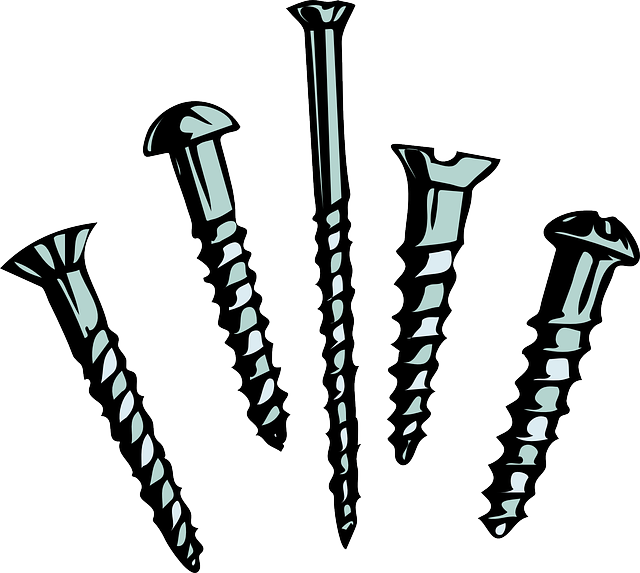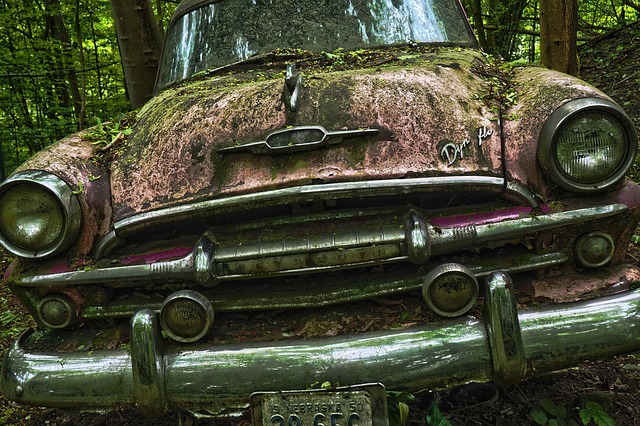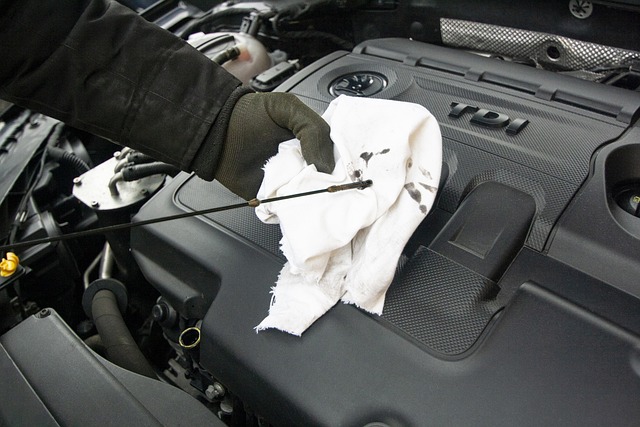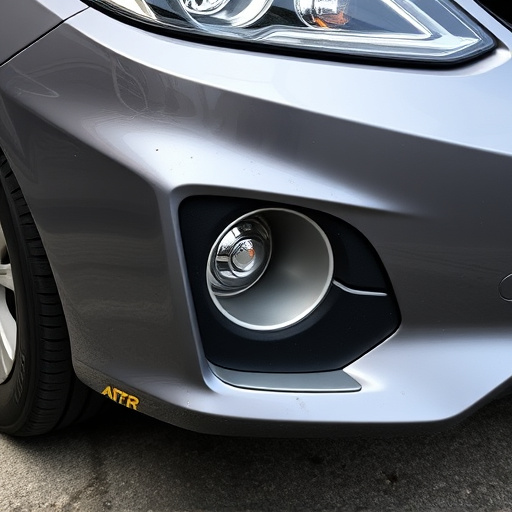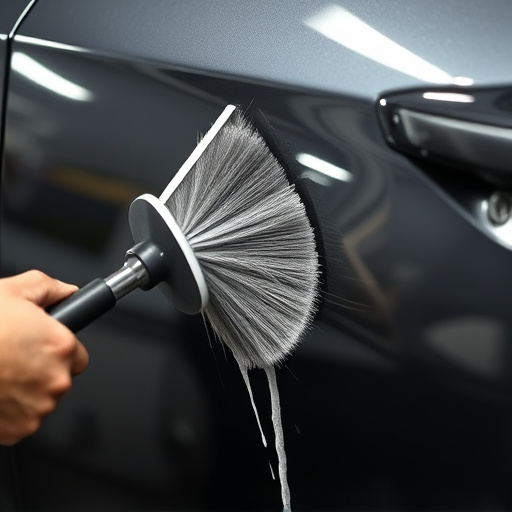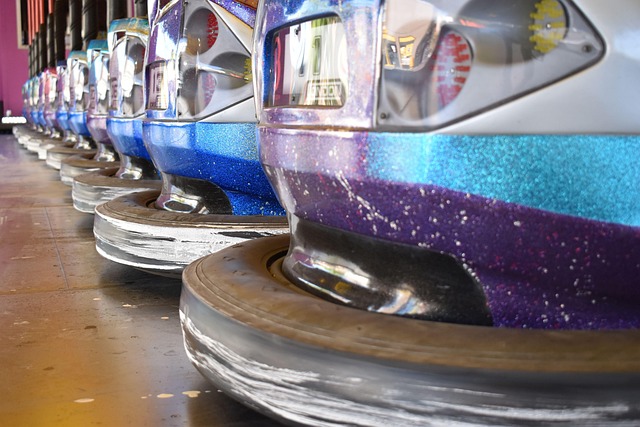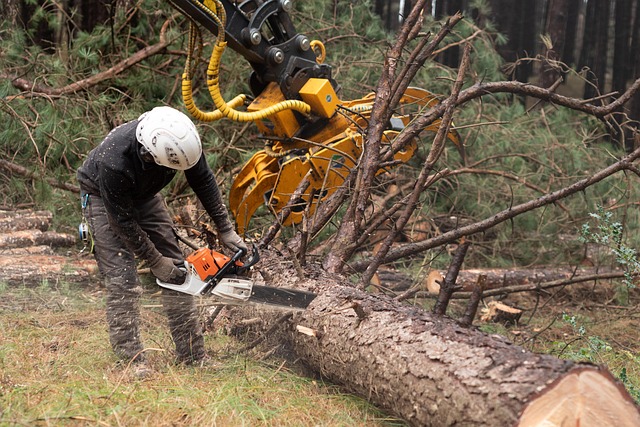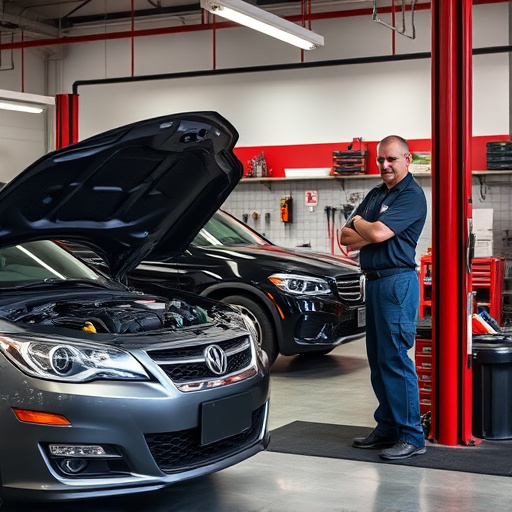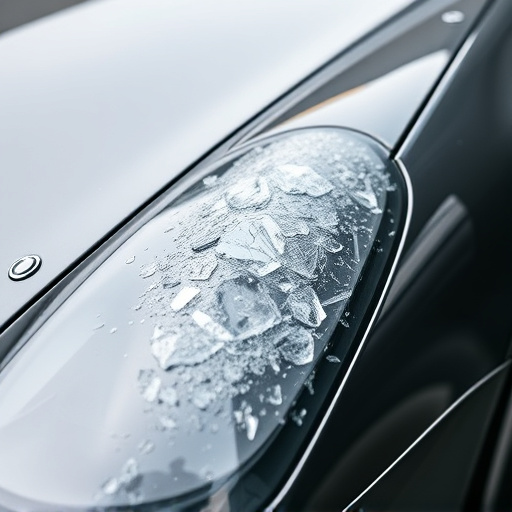Mercedes aluminum repair is a specialized process that requires precision and expertise. Key components like bulkheads and rear substructures, vital for structural integrity and safety, are meticulously restored using advanced techniques such as frame straightening and expert metalworking. Damage identification involves visual inspections and specialized tools to uncover hidden issues. Repairs aim to ensure safety, structural soundness, and aesthetic appeal, with guides detailing the step-by-step process from assessment to final paint application, emphasizing Mercedes aluminum repair expertise.
“Mercedes aluminum repair is a specialized skill crucial for restoring the integrity of high-end vehicles. This article delves into the art and science behind repairing bulkhead and rear substructure areas, two critical components essential for safety and structural stability. We guide you through identifying damage, assessing its severity, and providing a step-by-step approach to effective Mercedes aluminum repair, ensuring your vehicle’s longevity and performance.”
- Understanding Mercedes Aluminum Repair: The Bulkhead and Rear Substructure
- Identifying and Assessing Damage in These Critical Areas
- Step-by-Step Guide to Effective Aluminum Repair for Mercedes Vehicles
Understanding Mercedes Aluminum Repair: The Bulkhead and Rear Substructure
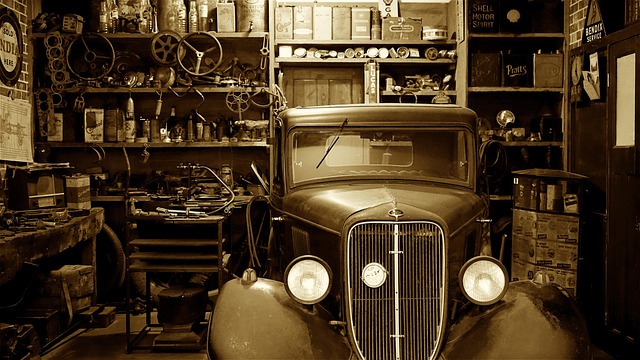
Mercedes aluminum repair is a specialized process that requires precision and expertise, especially when addressing critical components like the bulkhead and rear substructure. These areas play a vital role in a Mercedes vehicle’s structural integrity and safety. The bulkhead acts as a barrier between the passenger compartment and the engine bay, while the rear substructure supports the vehicle’s weight and connects to the wheels, ensuring smooth driving dynamics.
When it comes to repairing these aluminum parts, a reputable vehicle body shop utilizes advanced techniques such as frame straightening and expert metalworking to restore them to their original condition. Frame straightening is crucial for realigning distorted metal, addressing dents, or correcting structural damage without compromising the overall strength of the bulkhead or rear substructure. This meticulous process involves using specialized equipment to apply precise pressure, carefully restoring the vehicle’s original shape while ensuring a seamless fit and finish in the final vehicle body repair.
Identifying and Assessing Damage in These Critical Areas
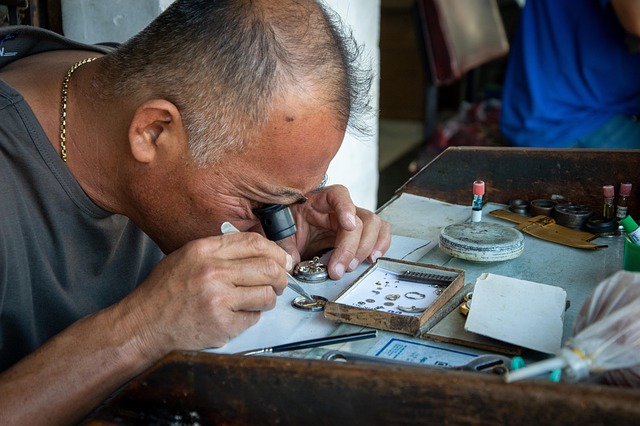
Identifying damage in Mercedes aluminum bulkhead and rear substructure areas requires a meticulous inspection. Start by visually examining for any visible cracks, dents, or deformities that may have occurred due to impact during an accident or over time from road debris. These car bodywork services are crucial as even minor damages can compromise structural integrity. Closer inspection using specialized tools can reveal hidden issues like stress fractures or corroded areas, which are often more concerning.
Assessing the extent of damage is equally vital. Collision repair centers equipped with advanced diagnostic equipment can pinpoint specific problem zones and determine whether repairs involve replacement parts or innovative Mercedes aluminum repair techniques. The goal is to ensure safety and longevity of these critical components, maintaining the vehicle’s overall structural integrity and aesthetic appeal.
Step-by-Step Guide to Effective Aluminum Repair for Mercedes Vehicles

Repairing aluminum in Mercedes vehicles requires a meticulous approach to ensure structural integrity and cosmetic excellence. Here’s a step-by-step guide for effective Mercedes aluminum repair focused on bulkhead and rear substructure areas:
1. Assessment: Begin by thoroughly inspecting the damage, identifying the extent of the aluminum panel denting or cracking. This crucial step determines the repair scope, from minor dents to significant structural damage. Consider factors like previous repairs and the vehicle’s history.
2. Preparation: Ensure the work area is clean and well-lit. Protect surrounding surfaces with drop cloths. Remove any debris trapped within the damaged panel. In cases of severe corrosion or extensive damage, a professional panel replacement might be necessary, especially for vehicle body repair.
3. Reparation: For minor dents, use specialized aluminum repair tools to push out the dented area back to its original shape. This process, known as ‘popping’ the dent, is an art that requires precision and experience. After popping, fine-tune the panel using body filler, allowing it to dry completely.
4. Sand and Prime: Once the filler is cured, meticulously sand the repaired area until smooth. Remove any remaining filler or debris. Apply a high-quality primer suitable for aluminum to create a solid base for painting, preparing the surface for car damage repair.
5. Painting: Use a specialized aluminum paint that matches the vehicle’s original finish precisely. This step ensures not only aesthetic restoration but also protects the repaired area from future corrosion. Allow the paint to dry and cure as per the manufacturer’s instructions.
Mercedes aluminum repair, particularly focusing on bulkhead and rear substructure areas, is a specialized yet rewarding process. By understanding the unique challenges these critical components present and employing a systematic approach to repair, owners can ensure their vehicles maintain peak performance and structural integrity. This comprehensive guide equips readers with the knowledge and step-by-step methods to tackle such repairs effectively, underscoring the importance of prompt attention to damage for long-term vehicle health.

